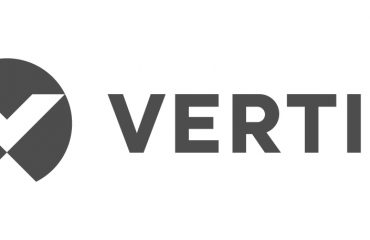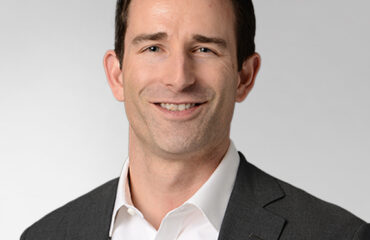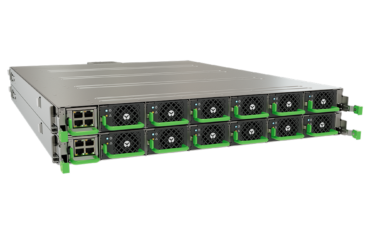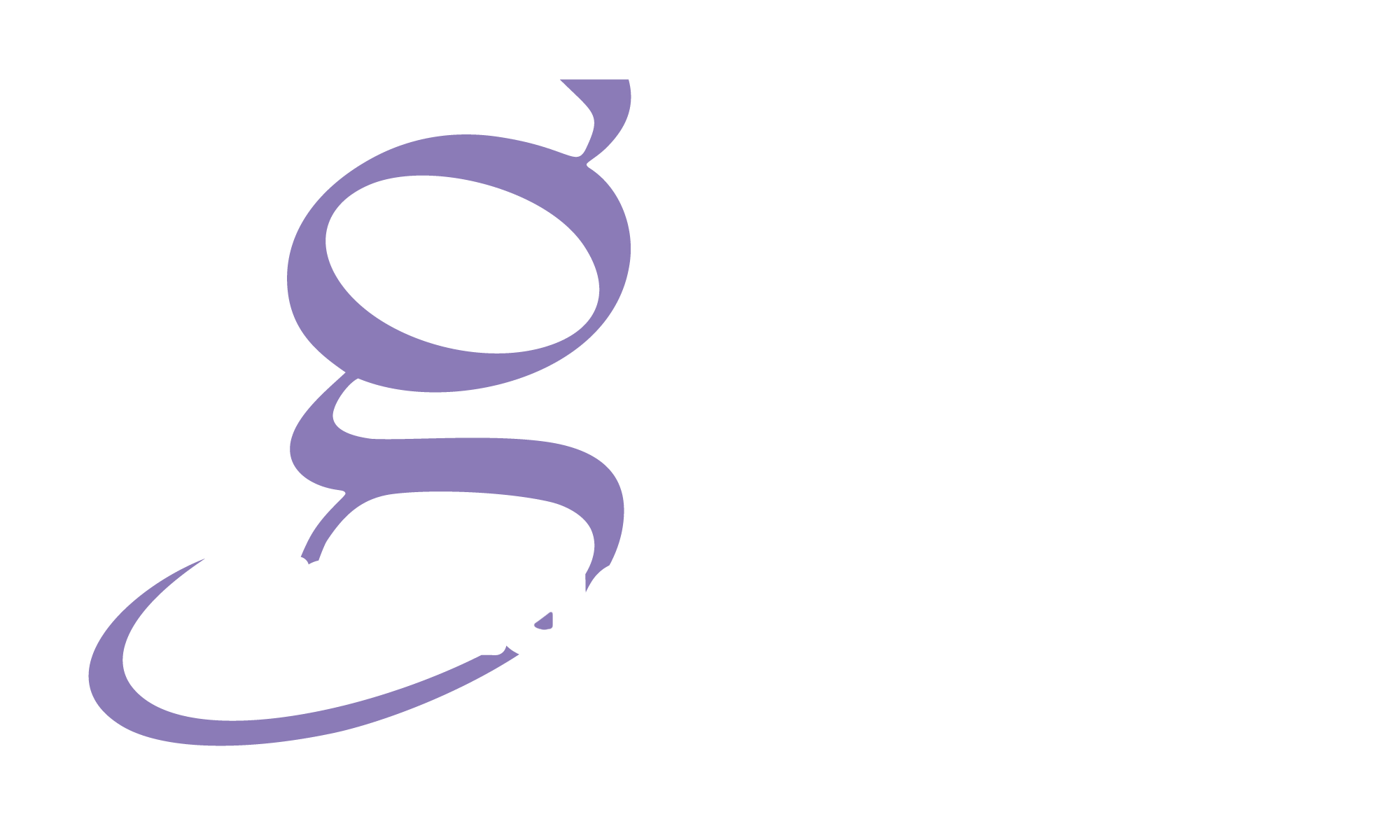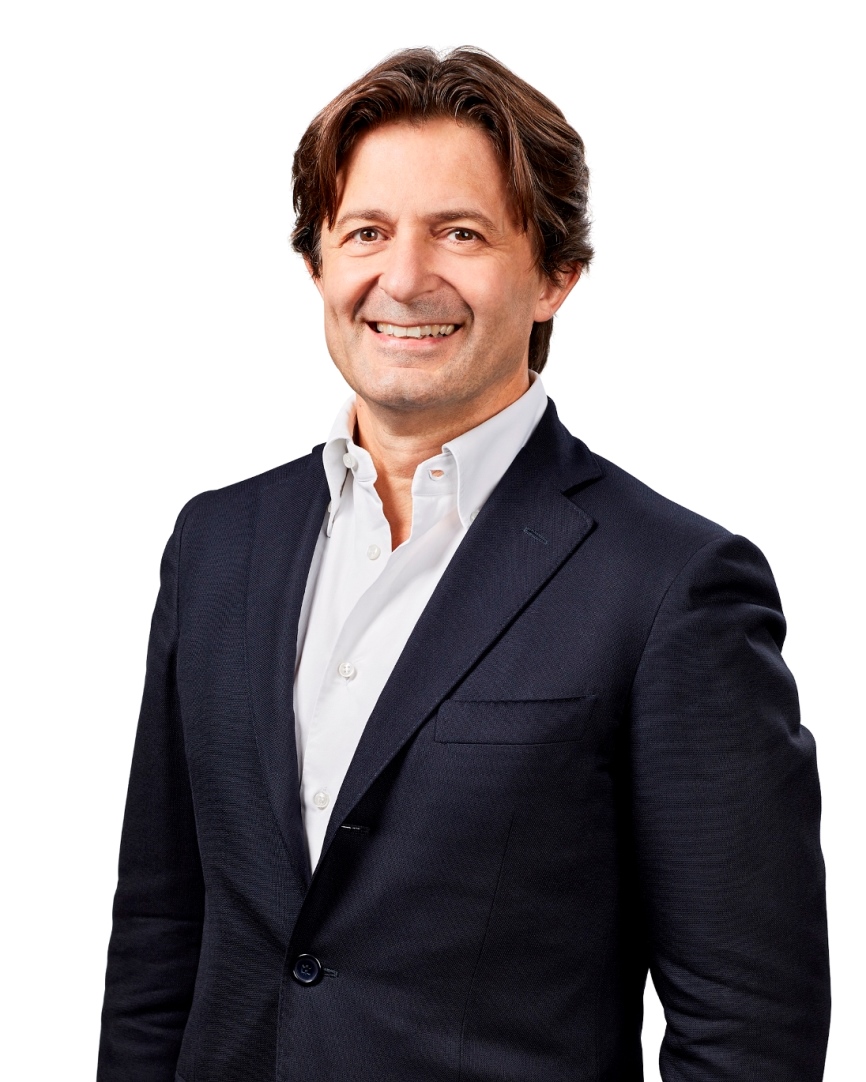
Operators are optimistic about the services offered by 5G, but expect a possible increase in network energy consumption of up to 170 percent by 2026.
Vertiv, in collaboration with 451 Research, the technology analysis company, has published the results of an in-depth research, which reveals widespread optimism about the services made available by 5G and the interaction with Edge Computing. The majority of telecom operators surveyed believe that the 5G era will actually kick off in 2021 across all geographies, with 88% of respondents expecting 5G rollout in 2021-2022.
However, over 90% of respondents believe that 5G will lead to an increase in energy costs and are interested in technologies and services that can improve its efficiency. These findings coincide with Vertiv's internal analysis which shows that the move to 5G could lead to an increase in total network energy consumption of up to 150-170% by 2026, with the largest increases expected in the macro data sectors. center, in the nodes and in the network connected to them.
The survey involved more than 100 telecom operators globally on the opportunities and potential barriers to the implementation of 5G services and the impact for the adoption of Edge Computing. Today, at MWC19 in Barcelona, Vertiv and 451 Research provided further details on this investigation as part of Vertiv's Partner Program. The program included a contribution from Vertiv on the interdependent relationship between 5G and Edge Computing.
“The challenge for operators considering 5G will be to choose the most established use cases, vertical markets and ecosystems in which they can play a significant and sustainable role. Vertiv's research on Edge Computing use cases and archetypes, combined with this latest survey with 451 Research, will help operators and telco partners create successful solutions for 5G investments and Edge deployments Computing,” said Giordano Albertazzi, president of Vertiv for Europe, the Middle East and Africa.
Speaking specifically of Edge and 5G, the survey reveals that a vast majority of operators have already implemented (37%) or plan to implement (47%) Edge Computing in line with the mobile infrastructure, also called MEC (Multi- access Edge Computing).
“The survey clearly highlights the expectations and fears of telco operators in relation to the deployment of 5G and the edge,” said Brian Partridge, vice president of research for 451 Research. “The two biggest connectivity challenges for supporting 5G topologies are upgrading access and aggregation layer networks and adding backhaul links. Respondents reported that the availability of high-quality connectivity to distributed POPs and ease of site acquisition are key factors in the success of 5G. We have been amazed by some of the results achieved, which we believe clearly illustrate the level of transformation underway in the sector”.
In addition to this survey, Vertiv has conducted extensive field research, analyzing over 100 cases to define the four major Edge Computing archetypes and recently released the white paper “Turning On 5G: Using Edge Archetypes to Identify the Most Computing Use Cases established” to quantify the potential impact of specific 5G implementations.
In addition to the relevant points of contact between 5G and Edge Computing, the study conducted by 451 Research and Vertiv examines some potential obstacles to the adoption of 5G and, above all, the measures that operators can implement to contain them, for example the Energy Savings as a Service (ESaaS). In the survey, over 90% of respondents said they were moderately to extremely interested in ESaaS.
During last year's MWC, Vertiv implemented a global ESaaS service for Telefónica, including initial site assessment, total maintenance services, and targeted infrastructure solutions for core and access sites. In collaboration with its partners and customers, Vertiv is developing next-generation infrastructure, software and services to manage 5G-related energy needs and proactively optimize energy use.



